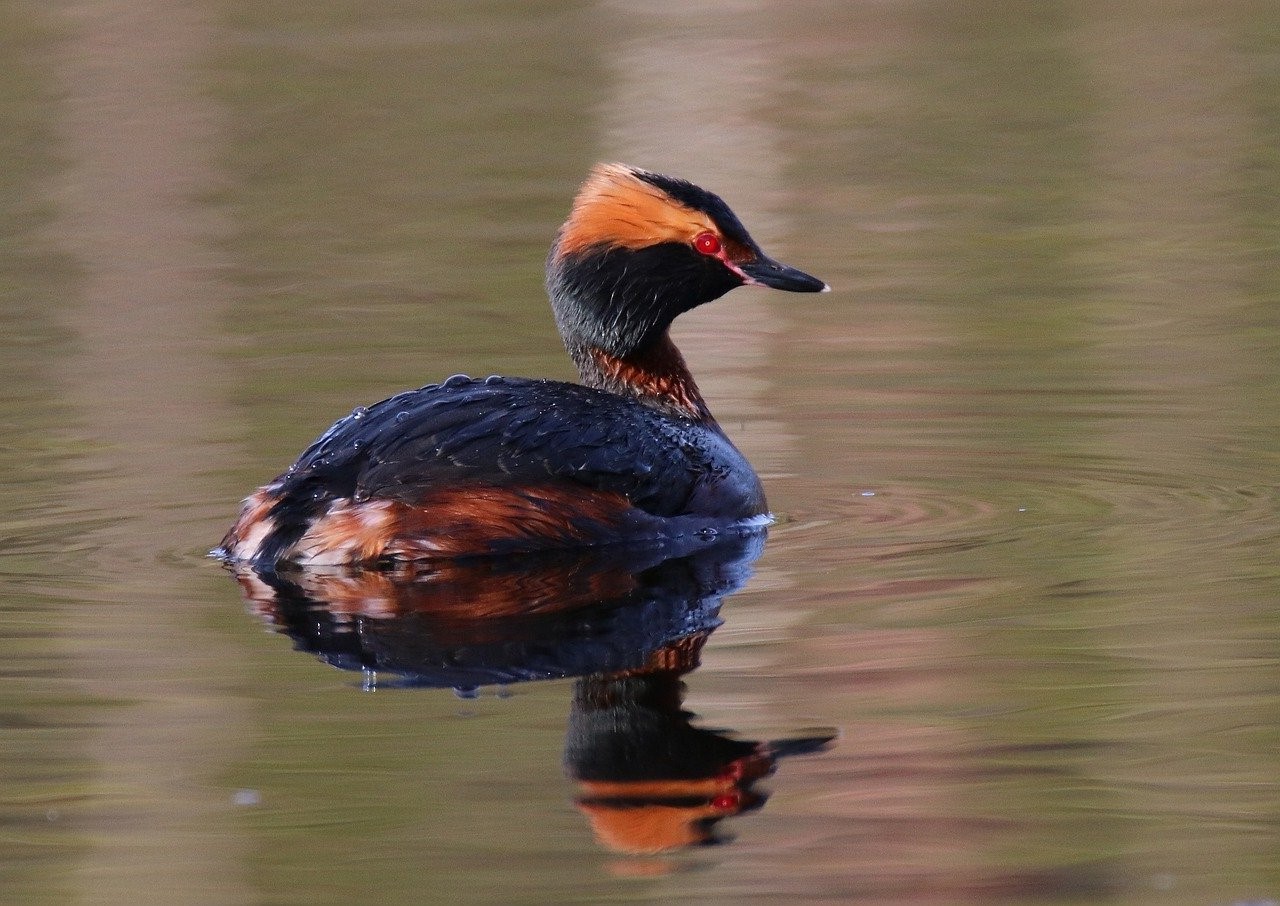Horned Grebe Podiceps auritus and Red-necked Grebe Podiceps grisegena in Sweden 2011—results from a national survey
DOI:
https://doi.org/10.34080/os.v24.22557Keywords:
Podicipedidae, population studies, habitat selection, climate effectsAbstract
The breeding populations of Horned Grebe Podiceps auritus and Red-necked Grebe Podiceps grisegena were surveyed in Sweden 2011. The estimate for Horned Grebe was 2,000 pairs, an increase from about 1,200 pairs in 1996 towards the estimate of 2,200 pairs in 1972. The estimate for Red-necked Grebe was 1,300 pairs and the population size has most certainly increased in the last decades. Habitat use among the breeding birds differed between species and region. In south Sweden, both species were most commonly found in artificial water bodies, and a recent increase in the numbers of such waters may have contributed to the population increases. In north Sweden the species were mainly found in natural inland water bodies or along the Baltic coast. Similar long-term population trends were also seen in a long-term observational dataset of passage birds from Ottenby Bird Observatory in southeast Sweden. There was no obvious effect of the coldness at their wintering grounds on the amount of birds seen at Ottenby the following year, but indirect effects of winter harshness cannot be ruled out.
Downloads

Downloads
Published
How to Cite
Issue
Section
License
The copyright of each contribution belongs to the author(s), but all contributions are published under a Creative Commons license, so that anyone is free to share and reuse the contribution as long as the copyright holder is attributed.







